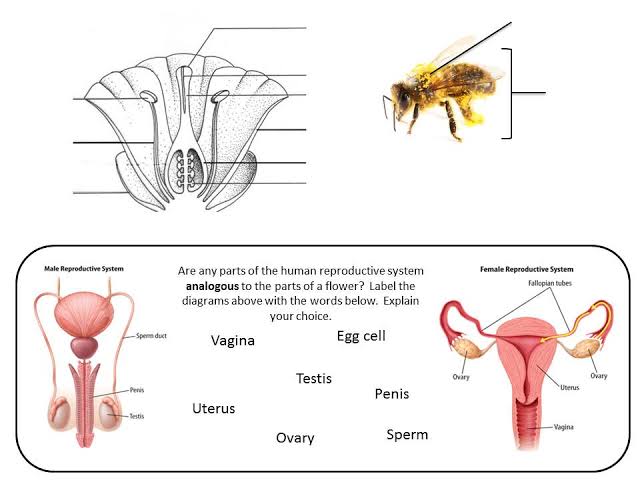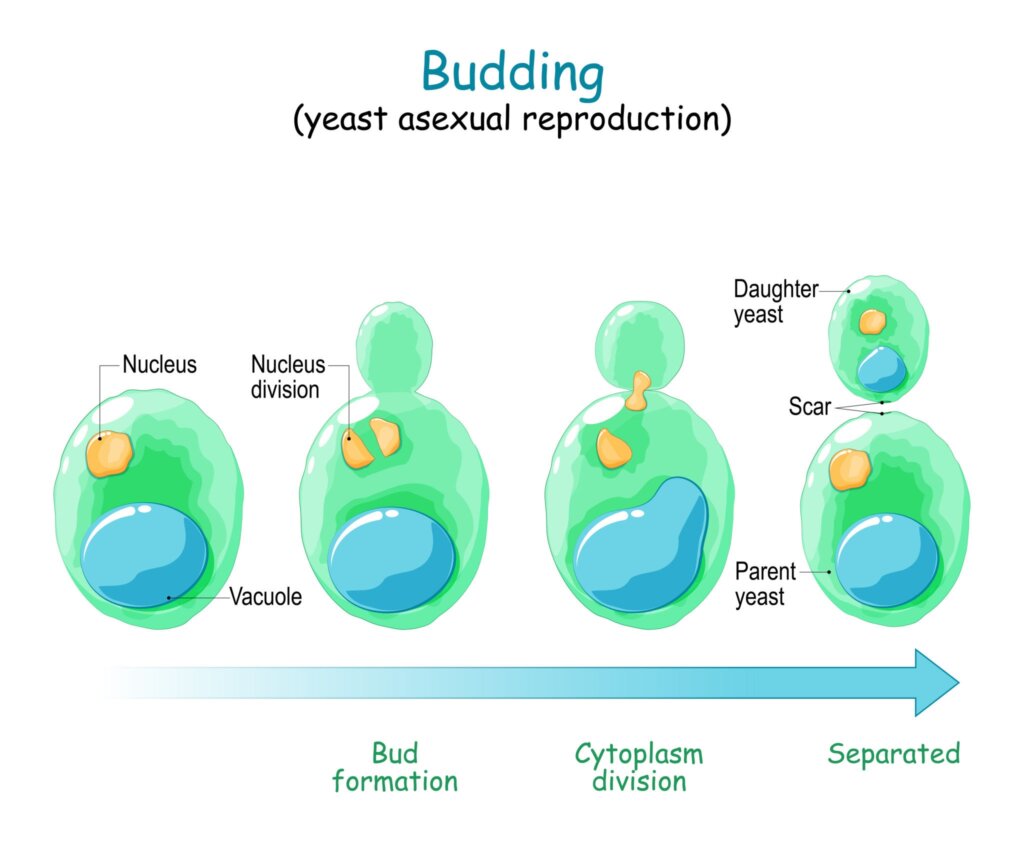
The reproductive system is responsible for the creation of new life in organisms. In humans, it involves organs like the ovaries and testes, which produce eggs and sperm, respectively. These gametes unite during fertilization to form a zygote, which develops into an embryo and eventually a fetus. The reproductive system also includes structures like the uterus, where the embryo/fetus grows, and various hormones that regulate the reproductive processes.
Types of reproduction system:There are two main types of reproduction: sexual reproduction, which involves the fusion of gametes from two parents, and asexual reproduction, which involves the production of offspring without the involvement of gametes or fertilization
Sexual reproduction
Sexual reproduction is a biological process where two individuals, typically of different sexes, contribute specialized reproductive cells called gametes (sperm and egg) to form a new organism. This process results in genetic diversity and allows for variation within a population.
Certainly! Sexual reproduction is a biological process by which two individuals of different sexes come together to create offspring. This process involves the fusion of specialized reproductive cells called gametes. Gametes are produced through a process called meiosis, which reduces the number of chromosomes in each gamete by half, ensuring that when they come together during fertilization, the resulting offspring will have a full set of chromosomes.
In most animals, including humans, males produce small, mobile gametes called sperm, while females produce larger, non-mobile gametes called eggs. These gametes are released and come into contact, usually through some form of mating or fertilization process. When a sperm cell successfully fuses with an egg cell, fertilization occurs, forming a zygote. The zygote then develops into a new individual with a unique combination of genetic material from both parents.
Sexual reproduction results in genetic diversity among offspring due to the random assortment of genes during meiosis, as well as the combination of genetic material from two different individuals. This diversity is beneficial for populations, as it enhances their ability to adapt to changing environments and evolutionary pressures.

Asexual reproduction : Asexual reproduction is a method of reproduction in which an organism can generate offspring without the involvement of gametes (sex cells) from two parents. It usually involves a single parent, and the offspring are genetically identical or very similar to the parent. This process doesn’t require fertilization or the merging of genetic material. Examples of asexual reproduction include binary fission in bacteria, budding in yeast, and vegetative propagation in plants.

